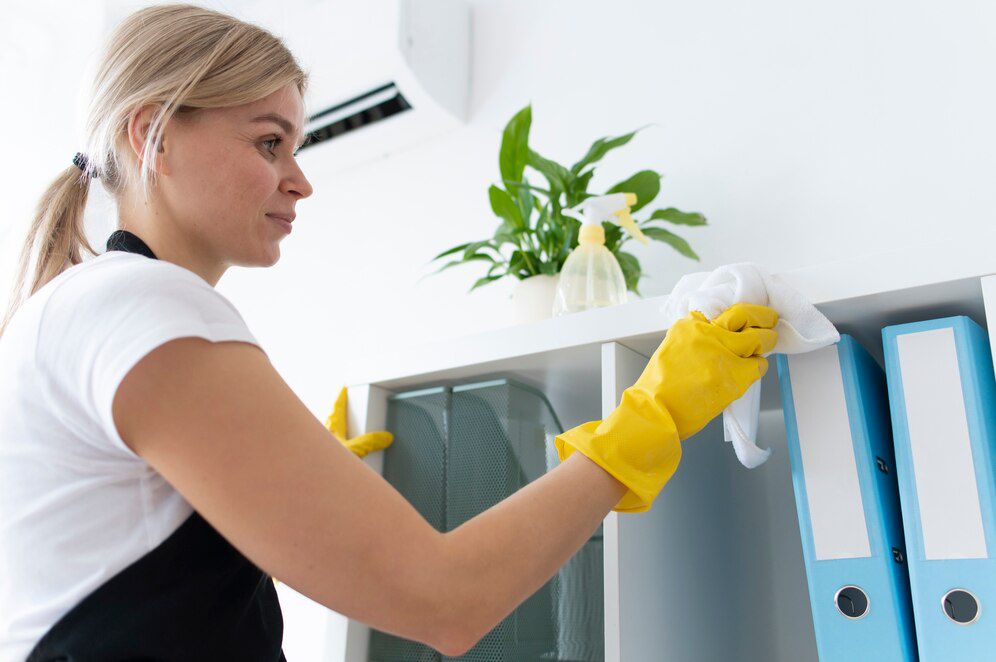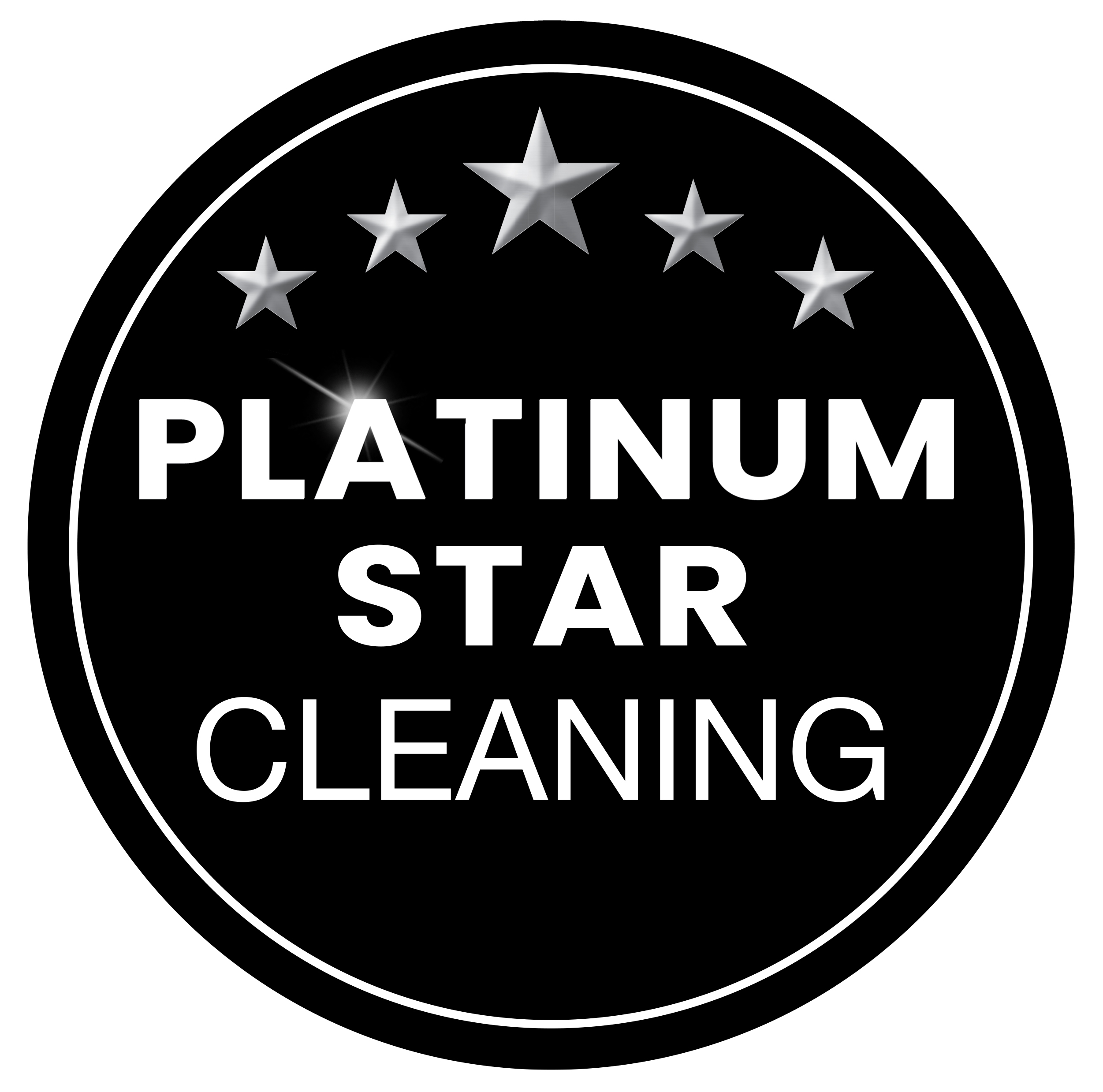In our modern era, where sustainability is paramount, adopting eco-friendly practices isn’t just a choice—it’s a responsibility. When it comes to household chores like appliance and furniture cleaning, embracing environmentally conscious methods becomes increasingly crucial.
In this blog post, we delve into a realm of sustainable solutions, offering insights and tips on how to clean your appliances and furniture without harming the environment. From utilizing natural ingredients to eco-friendly cleaning products and innovative techniques, we explore effective ways to maintain cleanliness while reducing our carbon footprint.
Join us as we navigate through a journey of eco-conscious cleaning methods that not only promote a healthier planet but also contribute to creating a safer and greener home environment for generations to come.
Introduction to Eco-Friendly Cleaning
In today’s world, the significance of eco-friendly cleaning practices cannot be overstated. As awareness grows about the environmental impact of conventional cleaning methods, many are turning to greener alternatives.
Eco-friendly cleaning involves using products and techniques that minimize harm to the environment and human health. From reducing chemical exposure to decreasing water and energy consumption, these methods prioritize sustainability without compromising cleanliness.
Embracing eco-friendly cleaning is not only about protecting the planet but also about fostering a healthier living environment for ourselves and future generations. In this guide, we’ll explore the principles, benefits, and practical applications of eco-conscious cleaning practices for appliances and furniture.
Benefits of Eco-Friendly Cleaning Products
Eco-friendly cleaning products offer a myriad of advantages beyond just being gentle on the environment. They are typically formulated using natural, biodegradable ingredients that are safer for both humans and pets. Unlike conventional cleaners laden with harsh chemicals, eco-friendly alternatives reduce the risk of respiratory issues, allergies, and skin irritation. Additionally, many eco-friendly products come in recyclable or refillable packaging, further reducing waste. By choosing these products, consumers contribute to a cleaner ecosystem and support sustainable business practices. Moreover, eco-friendly cleaners often boast comparable effectiveness to their chemical-laden counterparts, dispelling the misconception that green cleaning sacrifices performance for sustainability.

Natural Ingredients for Cleaning Appliances and Furniture
Nature offers a plethora of ingredients that can effectively clean and disinfect appliances and furniture without harming the environment. Common natural cleaners include vinegar, baking soda, lemon juice, and essential oils.
Vinegar’s acidic properties make it a potent degreaser and disinfectant, while baking soda acts as a gentle abrasive for scrubbing stubborn stains. Lemon juice not only imparts a fresh scent but also cuts through grease and grime with its natural acidity.
Essential oils like tea tree oil and lavender oil not only add fragrance but also possess antimicrobial properties. Harnessing the power of these natural ingredients ensures a clean and healthy home environment while minimizing the ecological footprint of cleaning routines.
Homemade Cleaning Solutions: Recipes and Tips
Homemade cleaning solutions offer a cost-effective and eco-friendly alternative to store-bought products, utilizing simple ingredients commonly found in most households. Here are some recipes and tips:
- All-purpose cleaner: Mix equal parts water and white vinegar in a spray bottle.
- Glass cleaner: Combine water, rubbing alcohol, and a few drops of essential oil.
- Scouring paste: Mix baking soda with a small amount of water.
- Wood furniture polish: Combine olive oil and lemon juice.
- Toilet bowl cleaner: Sprinkle baking soda into the toilet bowl, followed by vinegar.
- Carpet stain remover: Mix equal parts water, white vinegar, and dish soap.
Experiment with these recipes, adjust ingredients as needed, and store them safely away from children and pets. With a little creativity, achieve sparkling clean results while staying committed to sustainability.
Choosing Environmentally Friendly Cleaning Products
When selecting commercially available cleaning products, opt for those labeled as environmentally friendly, green, or eco-conscious. Look for certifications such as the EPA’s Safer Choice label or third-party certifications like Green Seal or EcoLogo, which ensure products meet strict environmental and safety standards.
These products are free from harmful chemicals like chlorine, ammonia, and synthetic fragrances, reducing indoor air pollution and minimizing water pollution when washed down the drain.
Additionally, eco-friendly cleaners often come in concentrated forms, allowing you to dilute them as needed and reduce packaging waste. By making informed choices and supporting companies committed to sustainability, consumers can play a pivotal role in promoting eco-friendly practices in the cleaning industry.
Eco-Friendly Cleaning Techniques for Different Surfaces
Eco-friendly cleaning techniques are not one-size-fits-all; they vary depending on the surface being cleaned. Understanding the appropriate methods for different surfaces ensures effective cleaning while minimizing environmental impact.
Glass Surfaces:
When cleaning glass surfaces such as mirrors and windows, a mixture of vinegar and water in a spray bottle is highly effective. Vinegar’s acidity helps to cut through grease and grime while leaving a streak-free shine. Microfiber cloths are ideal for wiping glass surfaces as they trap dirt and dust without leaving behind lint or residue.
Wood Furniture:
Wood furniture requires gentle cleaning to preserve its finish and integrity. Avoid harsh chemicals and opt for a mild soap or detergent mixed with water. Use a soft cloth or sponge to apply the solution, taking care not to saturate the wood. After cleaning, dry the surface thoroughly to prevent water damage. For stubborn stains or buildup, a mixture of vinegar and water can be used sparingly.
Stainless Steel Appliances:
Stainless steel appliances can be cleaned effectively using a soft cloth or sponge dampened with water and a mild detergent. Avoid abrasive cleaners or scouring pads that can scratch the surface. For tough stains or fingerprints, sprinkle baking soda onto a damp cloth and gently scrub in the direction of the grain. Rinse thoroughly and dry with a clean cloth to prevent water spots.
Upholstered Furniture:
When cleaning upholstered furniture, it’s essential to use methods that won’t damage the fabric or leave behind residue. Vacuuming regularly helps to remove dust and debris, while spot cleaning with a mixture of water and mild detergent can tackle stains. Test any cleaning solution in an inconspicuous area first to ensure compatibility with the fabric. For deeper cleaning, consider steam cleaning with water or a natural upholstery cleaner.
Tile and Grout:
Tile and grout surfaces benefit from regular maintenance to prevent mold and mildew buildup. A mixture of baking soda and water can be used as a gentle scrubbing paste to clean grout lines effectively. For tougher stains, a mixture of vinegar and baking soda applied directly to the grout can help to dissolve dirt and grime. Rinse thoroughly with water after cleaning to remove any residue.
Importance of Proper Disposal and Recycling
Proper disposal of cleaning products and packaging is essential to minimize environmental harm. Many household cleaners contain hazardous chemicals that can pollute waterways if poured down the drain or disposed of improperly. Instead, follow local guidelines for hazardous waste disposal or look for community programs that accept these items for safe disposal.
Empty containers should be rinsed clean before recycling to prevent contamination of recycling streams. Consider purchasing products in bulk or refillable containers to reduce packaging waste. By adopting responsible disposal practices and recycling habits, you can prevent pollution and contribute to a cleaner, healthier environment for all.

Sustainable Cleaning Tools and Accessories
Investing in sustainable cleaning tools and accessories is a pivotal step towards reducing your environmental footprint while maintaining a clean home. Here are some sustainable options to consider:
- Reusable Microfiber Cloths
- Eco-Friendly Mops and Dusters
- Refillable Spray Bottles
- Renewable Materials
- Energy-Efficient Appliances
By incorporating these sustainable cleaning tools and accessories into your cleaning routine, you can minimize waste, conserve resources, and contribute to a greener, more environmentally friendly home environment.
Minimizing Water and Energy Usage in Cleaning
Conserving water and energy during the cleaning process is another crucial aspect of eco-friendly cleaning. Use water-saving techniques such as turning off the tap when not in use, using a bucket instead of running water for mopping, and fixing any leaks promptly. Choose energy-efficient appliances and cleaning equipment to reduce electricity consumption. Wash full loads of laundry and dishes to maximize efficiency and minimize water usage.
Consider air-drying laundry and using natural sunlight to dry surfaces whenever possible instead of relying on energy-intensive appliances like dryers. By being mindful of water and energy usage in your cleaning routines, you can reduce your environmental footprint and lower utility bills simultaneously.
Tips for Creating a Greener Cleaning Routine
Transitioning to a greener cleaning routine involves incorporating sustainable practices into daily habits. Here are some tips to help:
- Learn about eco-friendly cleaning practices and their benefits.
- Replace conventional products with eco-friendly alternatives over time.
- Try homemade recipes using natural ingredients like vinegar and baking soda.
- Choose durable, sustainable cleaning tools and accessories.
- Minimize usage by employing water-saving techniques and opting for energy-efficient appliances.
As we conclude this exploration into eco-friendly methods for appliance and furniture cleaning, it’s evident that small changes in our cleaning routines can yield significant benefits for both the environment and our well-being. By embracing sustainable practices and opting for eco-friendly cleaning products, we not only reduce our carbon footprint but also create safer, healthier living spaces for ourselves and future generations.
Let’s make greener choices in our cleaning routines, from selecting eco-friendly products to saving water and energy. For professional cleaning services, contact Platinum Star Cleaning Services at (610) 504-5469. Their commitment to eco-friendly practices ensures a sparkling clean space and a greener future.
Together, let’s make a positive impact on our planet. Join the movement towards eco-conscious cleaning today and be a part of the solution for a cleaner, healthier world.

